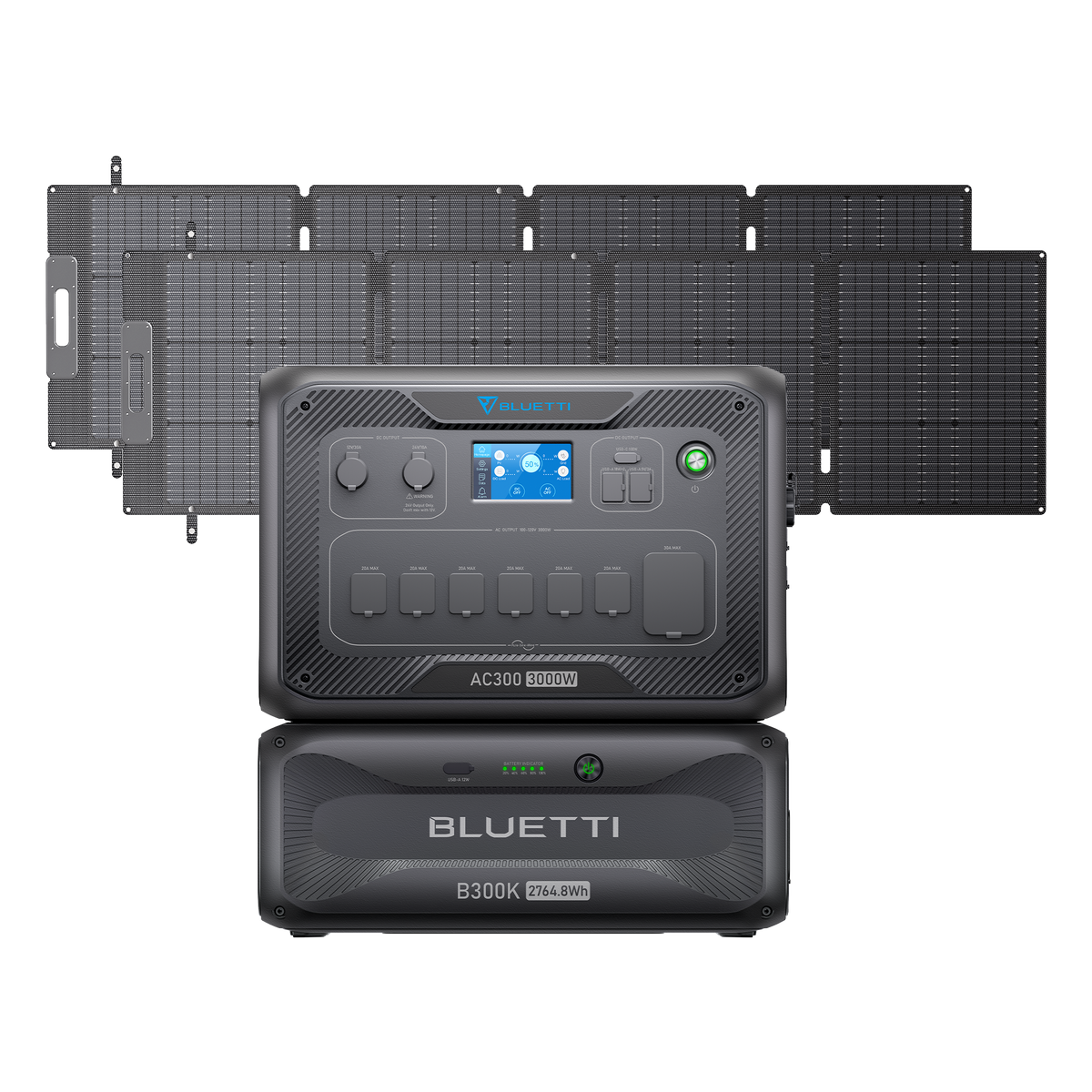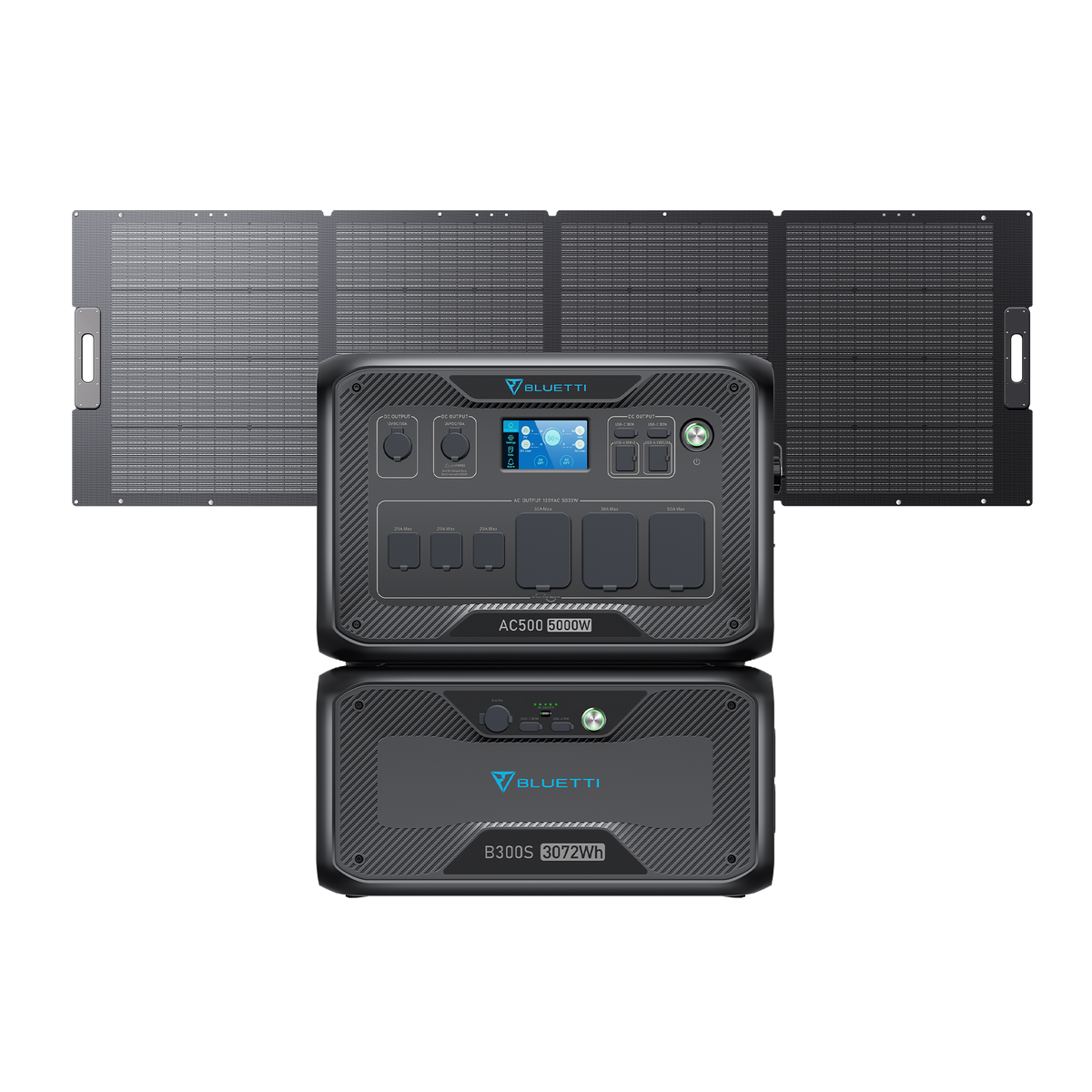BLUETTI Solar Generators for Sale
How Solar Generator works?





BLUETTI Solar Generators on Sale
BLUETTI AC70 Portable Power Station
Compact portable power station perfect for camping with easy storage and transport.

BLUETTI AC60 Portable Power Station
Solar compatibility provides eco-friendly recharging while camping off-grid.
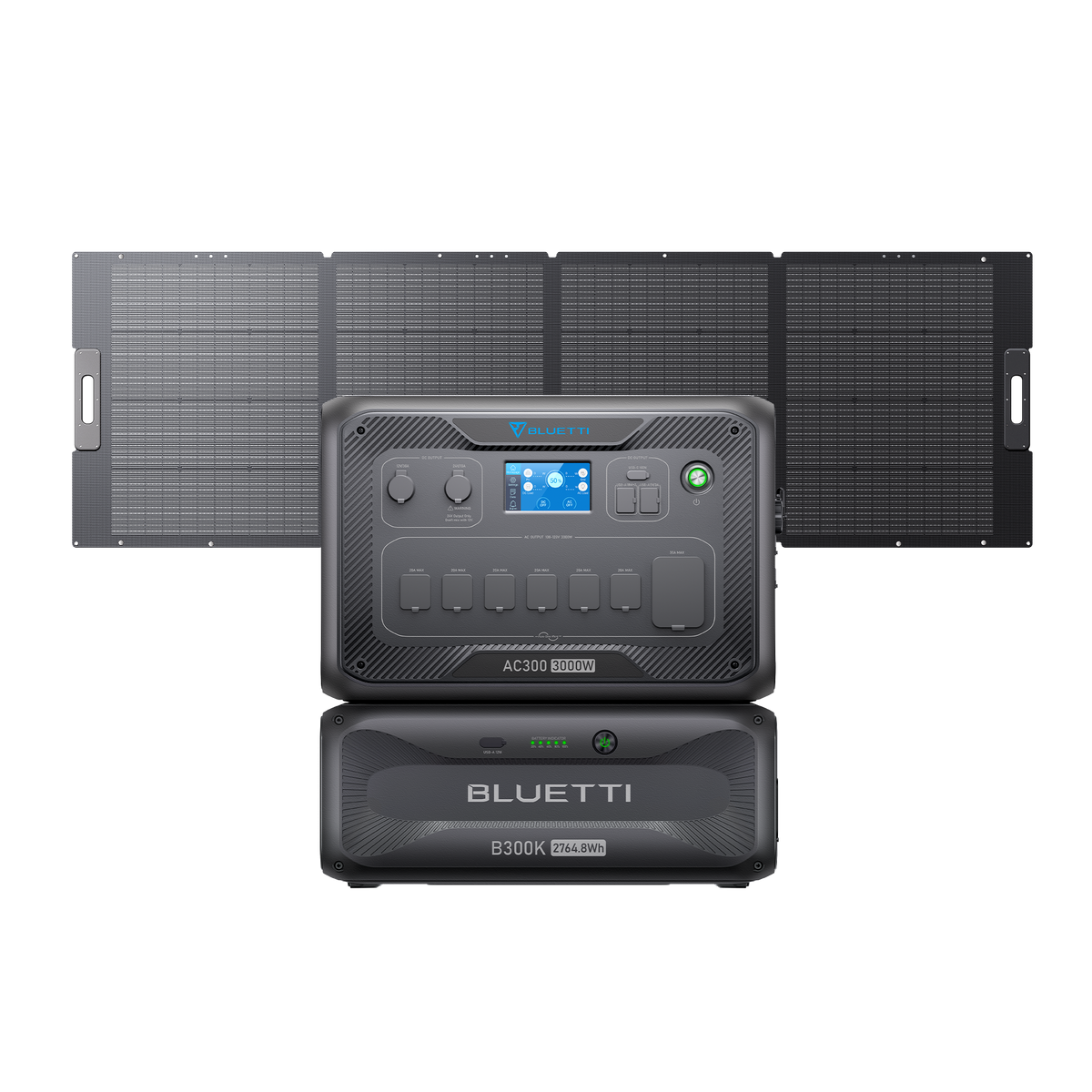
BLUETTI AC300+B300K+PV350 | Solar Generator
Reliable solar generator for home backup with high-capacity battery and solar panels.
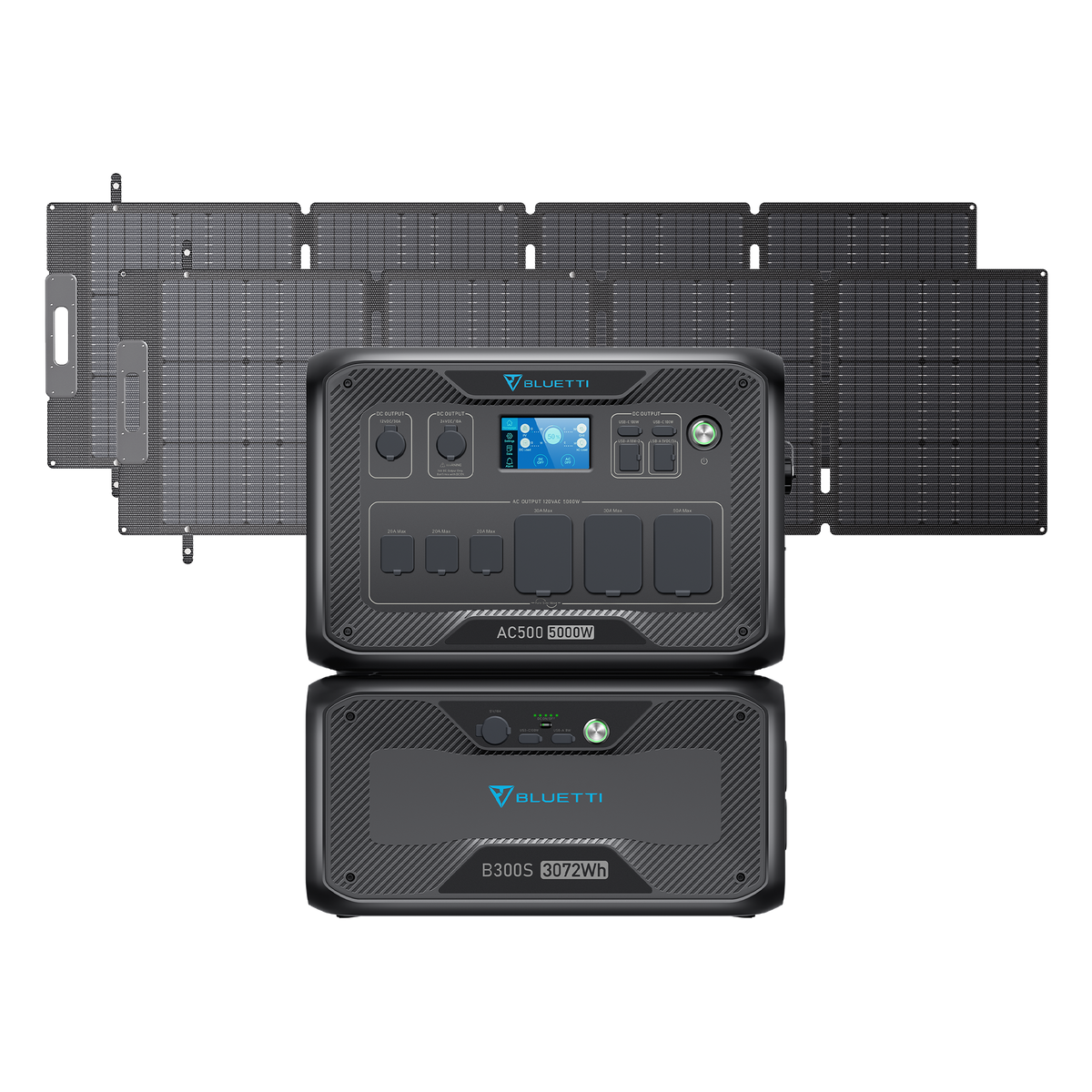
BLUETTI AC300+B300S+2*SP200L | Solar Generator
Powerful solar generator for off-grid living and home backup with enhanced capacity.
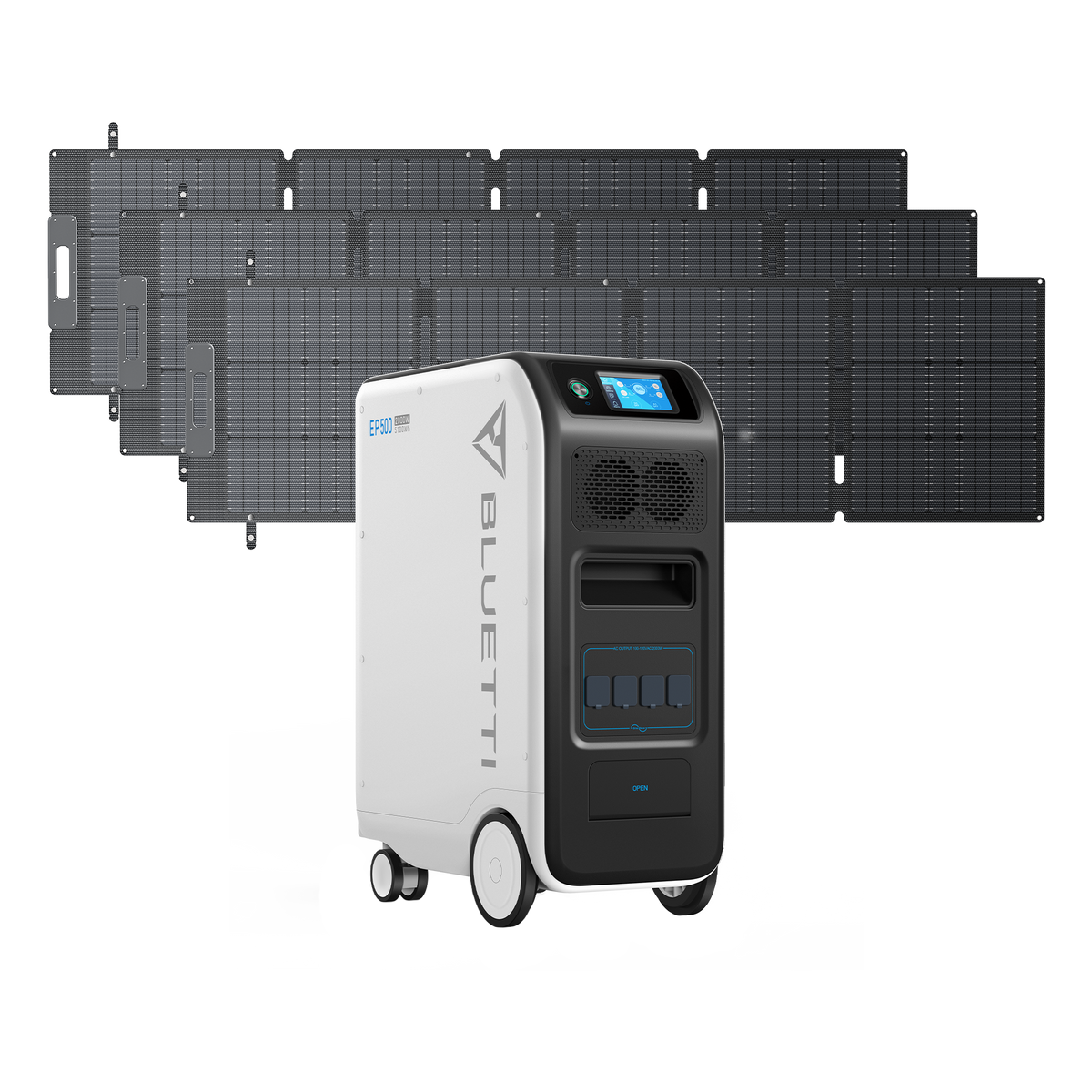
BLUETTI EP500+3*SP200L | Solar Generator
Comprehensive solar generator kit for long-term power supply in remote locations.
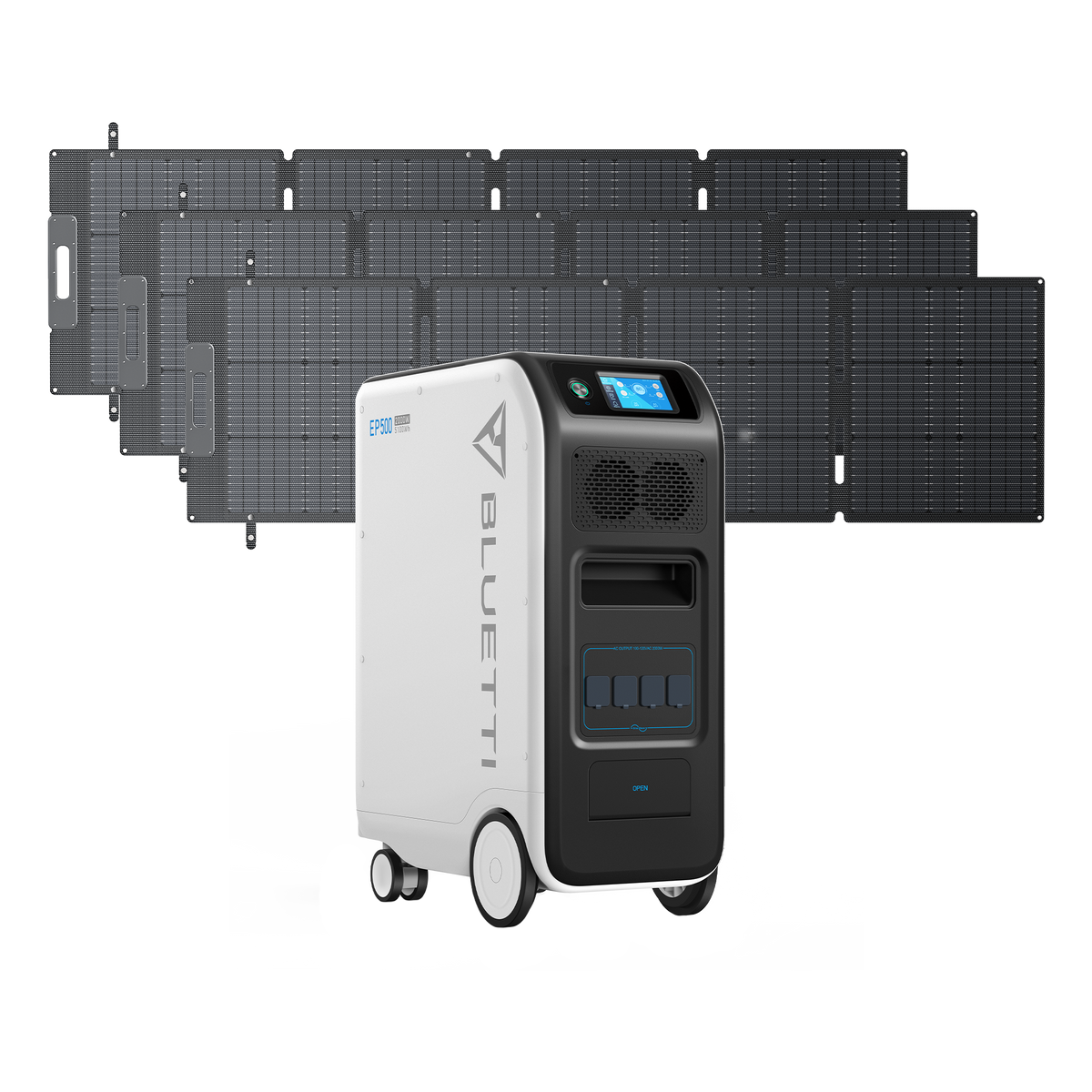
BLUETTI EP500+3*SP200L | Solar Generator
Comprehensive solar generator kit for long-term power supply in remote locations.

BLUETTI AC500+B300S+2*SP200L | Solar Generator
Reliable solar generator with enhanced energy storage for home and outdoor usage.

BLUETTI AC300+B300K+PV350+RV Cable | Solar Generator
Reliable solar generator for home backup and RV use with high-capacity battery and solar panels.
Types of Solar Generators on Sale

Small, Portable Solar Generators for Camping and Travel
These generators are compact and lightweight, designed to meet basic energy needs while on the go. With capacities usually between 100Wh to 500Wh, they’re perfect for charging small devices like smartphones, cameras, or running low-power appliances such as LED lights. Their portability makes them ideal for outdoor activities where carrying heavy equipment isn’t practical.
Best suited for: Charging devices during camping, hiking, or short road trips.
Practical limitation: Due to smaller battery capacity, they can't support larger devices like refrigerators or power tools.

Mid-Sized Solar Generators for Home Backup
Mid-sized solar generators offer a more balanced approach, providing enough power to run critical household appliances during short-term power outages. Typically, they have battery capacities ranging from 1000Wh to 3000Wh, which is enough to keep items like refrigerators, laptops, and essential lights powered for several hours.
Best suited for: Temporary home backup during outages, running essential devices.
Practical limitation: While capable of handling basic home needs, they may struggle with extended outages or powering larger appliances like air conditioning units over long periods.

Large Solar Generators for Off-Grid and Industrial Use
These generators are designed for more demanding environments, such as off-grid living or construction sites. With capacities starting from 4000Wh and upwards, they are equipped to handle multiple large appliances at once, including heavy-duty equipment like air conditioners or power tools. They often allow for expansion by connecting additional batteries.
Best suited for: Long-term off-grid living or powering industrial equipment.
Practical limitation: Large and heavy, making them less portable, and usually require a significant solar panel array to keep fully charged.
How to Choose a Solar Generator?


